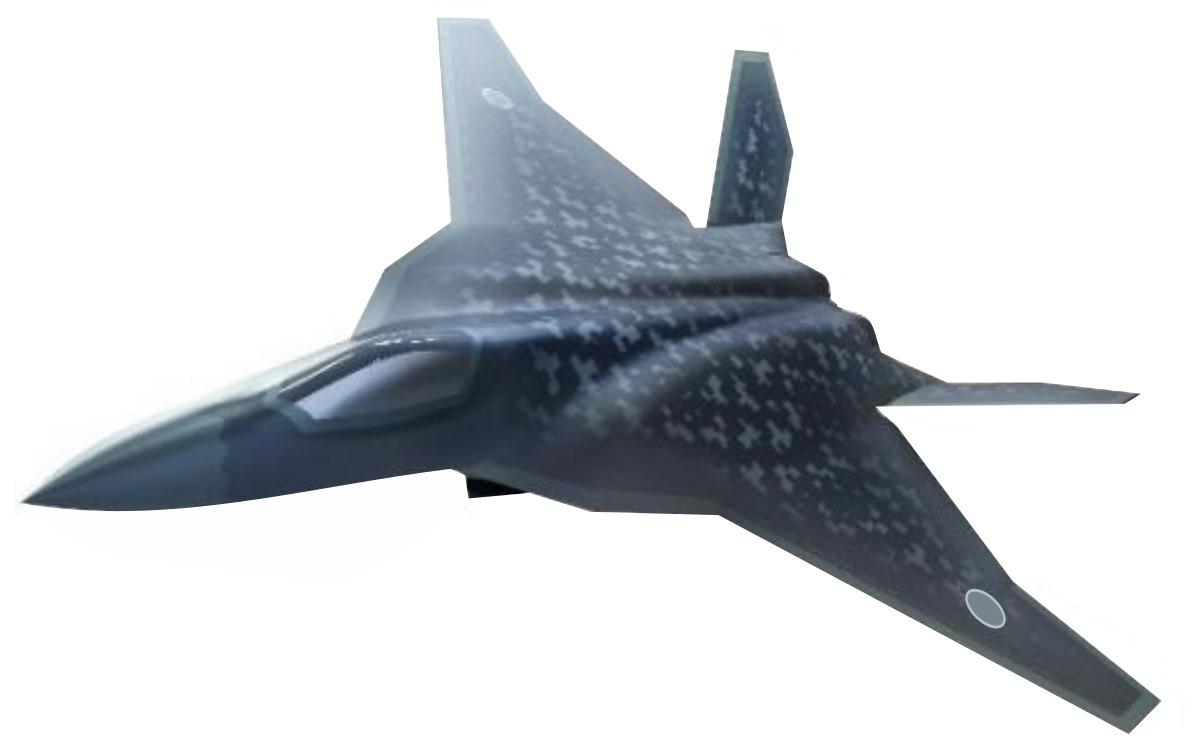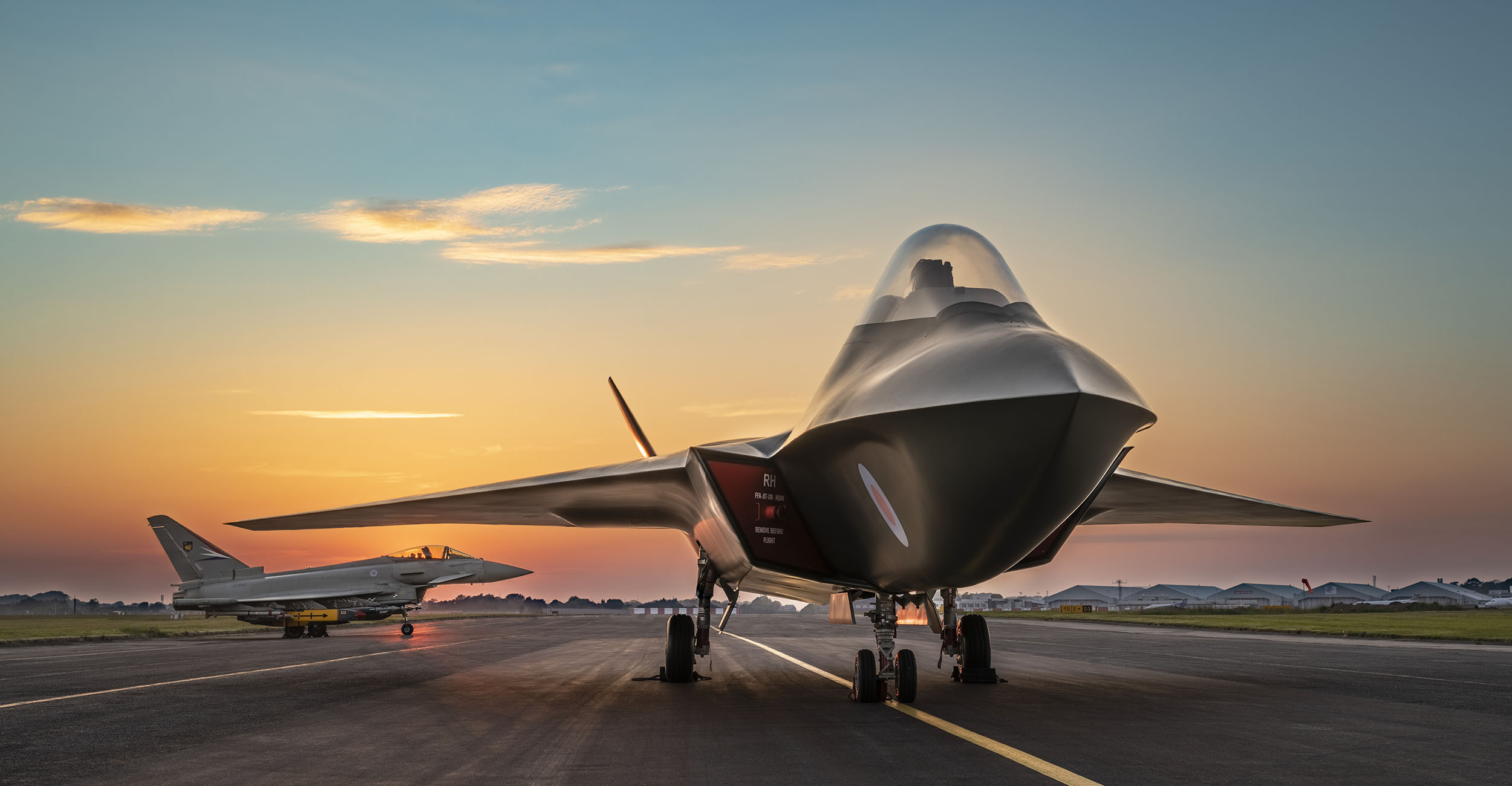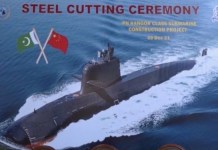As tensions rise with China over the Senkaku Islands (or Diaoyu in Chinese), Japan seems to have accelerated its sixth-generation fighter program through another track – the UK.
China’s ‘Most Capable’ Strike Fighter Jet Gets Deadlier With Twin EW Pods Capable Of Jamming Enemy Radars, AWACS
US Air Force Confirms It’s Bringing World’s First Stealth Fighter Aircraft ‘Back In Action’
Almost a year after it selected Mitsubishi Heavy Industries (MHI) to develop the $40 billion F-X (to be christened as the F-3 by 2035 when it is expected to enter service), Japan has also been reported to be a part of the UK-led Future Combat Air System (FCAS).
The UK-led FCAS called ‘The Tempest’ involves Sweden and Italy and is not to be confused with the Franco-German-Spanish FCAS, a separate project of the same name.
The Japanese Air Self Defence Force (JASDF) currently uses the US-origin 200 F-15Js, and 97 F-2s, a Japanese spin-off of the F-16. It is also procuring 142 F-35A and F-35B Lighting jets, but they too have been primarily designed for strike and not air superiority roles.
However, with China’s rapid military development; its assertion over its territorial claims in the East and South China Seas; public threats to take Taiwan by force if it declares independence and; historical objections over Japan’s revanchist project which China bore the brunt in the two world wars, Japan has been at a clear military disadvantage.

It faces nearly 1,000 fighter-bombers of the People’s Liberation Army Air Force (PLAAF) and People’s Liberation Army Navy (PLAN), comprising the 4.5 generation J-11B, J-15, J-16, J-10B and J-10C, and the full stealth-capable 5th generation J-20.
India’s ‘Big Ticket’ MQ-9 Reaper Drone Deal ‘Stuck’ With The US; Can PM Modi Fast-Track The Acquisition?
Even the Japanese Maritime Self-Defence Force’s (JMSDF) surface and underwater fleets dwarf in comparison before the sheer size of the PLAN. Moreover, there are three flashpoints in Far East Asia alone – the Korean Peninsula, the Taiwan Straits, and the South China Sea – all of which would draw in Japan.
Japan’s Next-Gen Fighter
In 2018, the Japanese government had promised to develop its own sixth-generation fighter, based on experiences gained from the X-2 Shinshin technology demonstrator.
It has already been extensively researching key technologies like next-generation engines, composite materials for lighter airframes, Gallium Nitride (GaN) radars, and networking systems.
‘Not Purchasing Pakistani JF-17s’ — Argentina Shoots Down Media Reports Over Fighter Jet Acquisition
With the F-2 nearing the end of its service life, Tokyo now wants a twin-engine plane that besides having full stealth capability; a powerful super-cruise engine; a new generation of AESA radars that can also double up as a platform for microwave weapons to disorient missiles.

In addition, it would command ‘wingman’ drones; would have full networking and sensor fusion capability to share data with multiple ground, air assets and space assets; AI-enabled flight control and fly-by-wire system to reduce pilot stress, and; space for at least six internally stored air-to-air, air-to-ground and anti-ship missiles.
#Japan reveals digital development plan for F-X fighter https://t.co/DamstK0Box #FXfighteraircraft @ModJapan_en #defence #aircraft pic.twitter.com/KTOOdDv2te
— Janes (@JanesINTEL) June 22, 2021
In December last year, Lockheed Martin was declared as the primary partner for technical assistance for the F-X program, specifically helping in developing an integrated radar and missile system, airframe design for better maneuverability and stealth/radar absorbing materials.
US Air Force Adopts Augmented Reality To Train Its Fighter Pilots ‘Dogfight’ Chinese, Russian Jets
MHI was also said to be in talks with Northrop Grumman and Britain’s British Aerospace and Engineering (BAE), to possibly receive assistance in developing sensor fusion data-linking from the former and electronic warfare technology from the latter.
Other Japanese industrial, electronics, and manufacturing giants involved in the F-X project are IHI Corporation, Toshiba, Fujitsu, Subaru, and Mitsubishi Electric. IHI has been testing the XF9-1 low-bypass turbofan engines, which use new high-strength lightweight components that mark a leap in metallurgical sciences, increasing the engine’s tolerance to 1,800 degrees Celsius.

With afterburners, it can generate 16.5 tons of thrust, still slightly lower than the Pratt and Whitney F-119 on the F-22 Raptor. This will be fused with thrust vectoring nozzles for greater maneuverability – a technology that has been repeatedly been tested on the Shinshin.
Toshiba and Fujitsu will meanwhile develop the GaN Active Electronically Scanned Array (AESA) radar that will be fused with an infra-red and electromagnetic sensor. Its landing gear will be made by Subaru, which currently builds the wings and landing gear for the Boeing 777 commercial airliners.
UK-Japan Partnership
On September 15, it was announced at the Defence and Security Equipment Internationa (DSEI) arms trade show in London that Japan could be the next partner in the UK-Swedish-Italian FCAS program, where BAE, Saab, and Leonardo are working on the project.
The UK-led Tempest program aims to field a core fighter and a range of new technologies by 2035.

The UK’s program director, Air Commodore Johnny Moreton, was quoted as saying, “We’ve been in negotiation, conversations and some pilot projects. Nothing necessarily too complex at the moment. We’re doing a joint engine viability study with Japan at the moment, and that’s quite exciting.
“They have an F-X program that has a very similar time frame to us, 2035. The threat is very similar to the one that we are anticipating, and in terms of an industrial nation, clearly, they sit at the top table, as do we.”
Lightning Aircraft Carriers, ‘Super’ Fighter Jets; US Mulls Complete Change In Strategy To Counter China
Moreton added that UK and Japan might extend the partnership beyond engine technologies to electronic warfare and radar development.
Moreton, however, stressed the “freedom of modification” where the program and the aircraft will be designed in such a way where each participant country can customize the aircraft to its needs.
- Parth Satam is a Mumbai-based journalist who has been covering India’s defense sector for more than a decade. He maintains a keen interest in defense, aerospace and foreign affairs and can be reached at satamp@gmail.com
- Follow EurAsian Times on Google News





